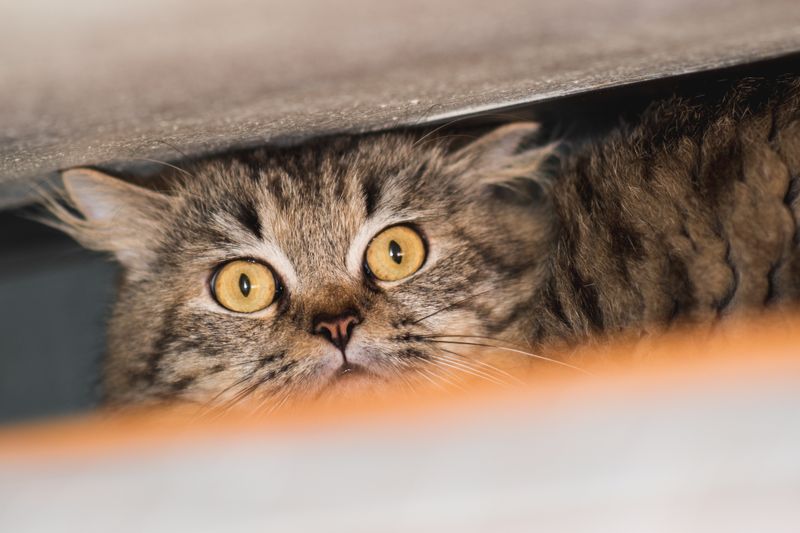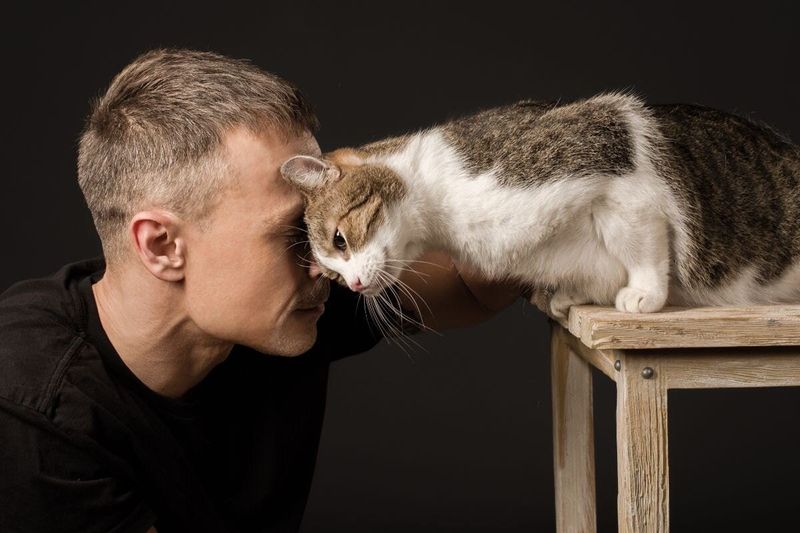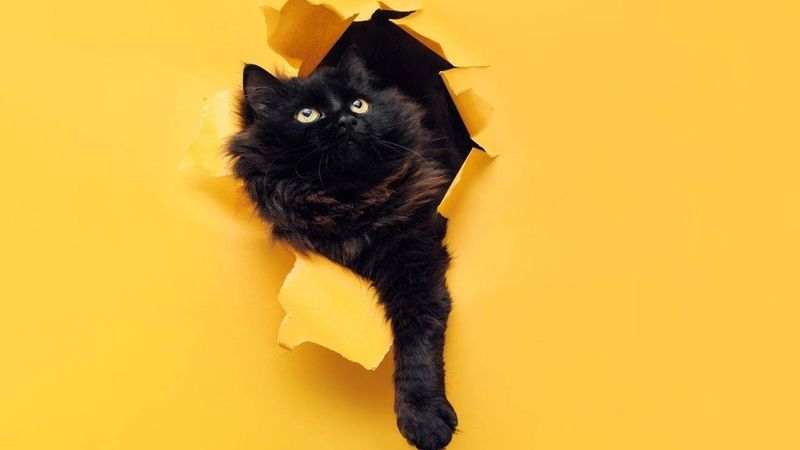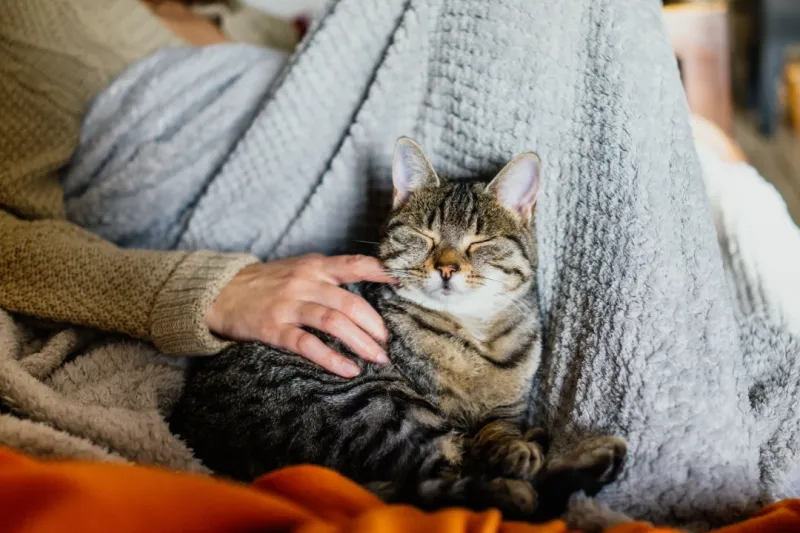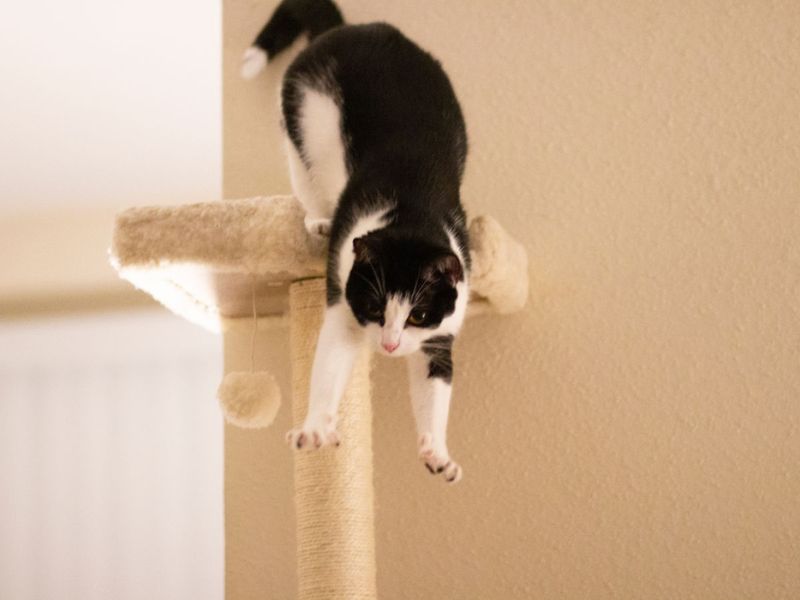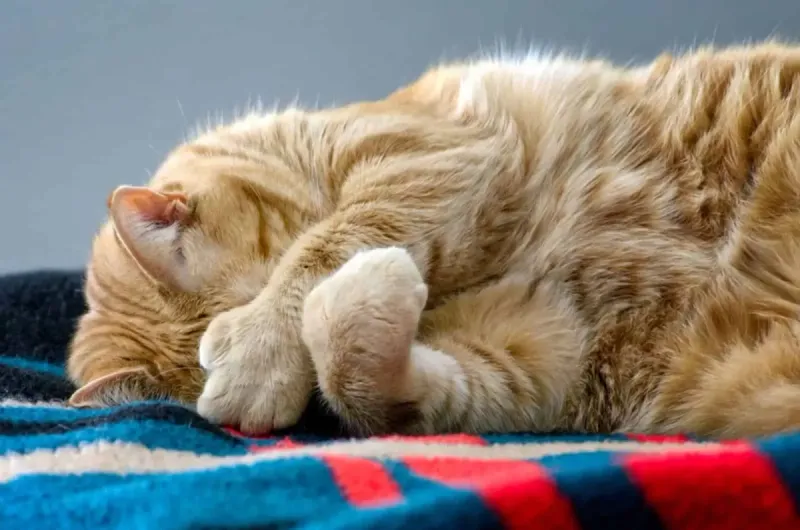📖 Table of Content:
When we think of emotional support and loyalty, dogs often steal the spotlight. Their outgoing nature and exuberant affection have made them the poster pets for companionship. But beneath the quiet, reserved demeanor of cats lies a remarkable depth of emotional intelligence that often goes unrecognized.
Cats navigate the emotional world with a quiet grace, relying on instinct, boundaries, and self-assurance. Their strength is less about overt gestures and more about subtle emotional mastery—qualities that are powerful, resilient, and, in many cases, absent in their canine counterparts. While dogs wear their hearts on their sleeves, cats tend to protect and nurture their emotional selves with measured control and dignity.
In this article, we explore 10 emotional strengths cats possess that dogs usually don’t. From their ability to self-soothe to their graceful responses to stress, cats display a nuanced and often overlooked emotional toolkit. These strengths don’t make cats “better” than dogs—but they certainly highlight how emotionally complex and captivating feline companions can be.
1. Emotional Independence
Unlike dogs, who often rely on their human’s presence for reassurance, cats are masters of self-regulation. They don’t constantly seek attention or affection to feel validated. This emotional independence allows them to thrive in both quiet homes and bustling environments without constant engagement. While they enjoy companionship, they don’t need it to maintain their sense of well-being. Cats can entertain themselves, comfort themselves, and even manage their own routines with minimal disruption. It’s not a lack of affection—they simply know how to exist without emotional dependency. That self-sufficiency often brings peace to pet owners who value quiet connection.
2. Composure Under Stress
Faced with change or disruption, cats often respond with caution rather than panic. Where dogs may bark, whine, or become visibly anxious, cats tend to pause, observe, and adapt in silence. This calm demeanor is a reflection of their composed emotional state. Even when startled, they recover with a quiet dignity that speaks to inner balance. Their nervous systems seem tuned to manage stress internally rather than broadcasting it. Cats teach us that not every emotional response must be loud or dramatic. Their approach encourages emotional restraint and reflection over impulsive reaction.
3. Selective Affection
When a cat chooses to show affection, it’s deliberate, meaningful, and often earned. Unlike dogs, who tend to greet nearly everyone with enthusiasm, cats are discerning with their emotional investment. This selective nature makes their affection feel more genuine and personal. Each nuzzle, purr, or lap sit carries weight, built on mutual trust and comfort. Their love isn’t given freely—it’s grown over time, making the bond deeper. It encourages us to appreciate connection more mindfully. In many ways, cats teach us that love isn’t always loud—it can be quiet and powerful.
4. Intuitive Boundaries
From an early age, cats are keenly aware of their emotional and physical boundaries. They know when to engage and when to retreat, honoring their own space without guilt. This intuitive sense extends to their relationships with humans and other animals. If a situation becomes overwhelming, they don’t lash out—they simply walk away. It’s a display of self-awareness that’s rarely seen so consistently in dogs. Cats instinctively sense tension and adjust their proximity without confrontation. In a world where boundaries are often blurred, cats remind us that protecting our emotional space is a strength.
5. Comfort in Solitude
Solitude doesn’t scare cats—it nurtures them. Where dogs might grow anxious or restless when alone, cats often flourish in quiet, solitary environments. They use these moments to recharge, observe, or simply nap in peace. Their ability to be alone without distress reveals emotional depth and inner harmony. Solitude becomes a sanctuary rather than a punishment. Cats thrive in their own company, modeling what self-contentment truly looks like. It’s a gentle lesson in finding peace within ourselves.
6. Subtle Empathy
Empathy in cats isn’t loud, but it’s undeniably present. When you’re down, a cat might sit beside you silently or follow you more closely. These small gestures are acts of emotional connection, expressed without fanfare. Their sensitivity allows them to sense shifts in mood and respond with quiet presence. Dogs might rush in with overt excitement or concern, but cats approach with calm understanding. It’s a more reserved, contemplative type of empathy. In those still moments, their presence alone can feel incredibly comforting.
7. Resilience
Cats are remarkably good at bouncing back from emotional or environmental disruption. Moving to a new home, losing a companion, or dealing with illness—they adapt with surprising grace. It’s not that they’re unfeeling, but rather that they process things internally and recover in their own time. Their emotional recovery doesn’t need to be nurtured constantly from outside. Resilience in cats shows us that strength doesn’t always have to look like toughness—it can be quiet perseverance. Their ability to return to a state of balance is inspiring. It highlights how calm adaptation can be a form of emotional power.
8. Emotional Detachment from Chaos
In noisy or chaotic environments, cats often find a corner to observe rather than participate. They detach emotionally from surrounding energy to preserve their internal equilibrium. Dogs may react by joining the noise or escalating the energy, but cats step back and stay grounded. This ability to remain centered in external chaos is a rare gift. It allows them to bring calm rather than contribute to the storm. Cats become anchors in otherwise stressful situations. Their presence alone can reduce tension in the room.
9. Graceful Withdrawal
Withdrawal in cats is elegant, intentional, and non-disruptive. When overwhelmed or overstimulated, they quietly leave the room or retreat to a favorite hiding spot. There’s no fuss, no tantrum—just self-preservation in action. This kind of emotional management is both respectful and wise. It shows a level of maturity in handling discomfort. Dogs, on the other hand, may react with whining, barking, or physical agitation. Cats remind us that it’s okay to take space when we need it—and to do so without explanation.
10. Quiet Assurance
There’s a tranquil confidence that cats carry into every room they enter. They don’t need to assert dominance or seek approval to feel secure. Instead, they exude a sense of inner calm that is both grounding and quietly powerful. This assurance is felt rather than declared. It builds trust through consistency, not noise. Cats show us that confidence isn’t always about being seen—it can be about being steady. Their presence speaks volumes even in silence.


